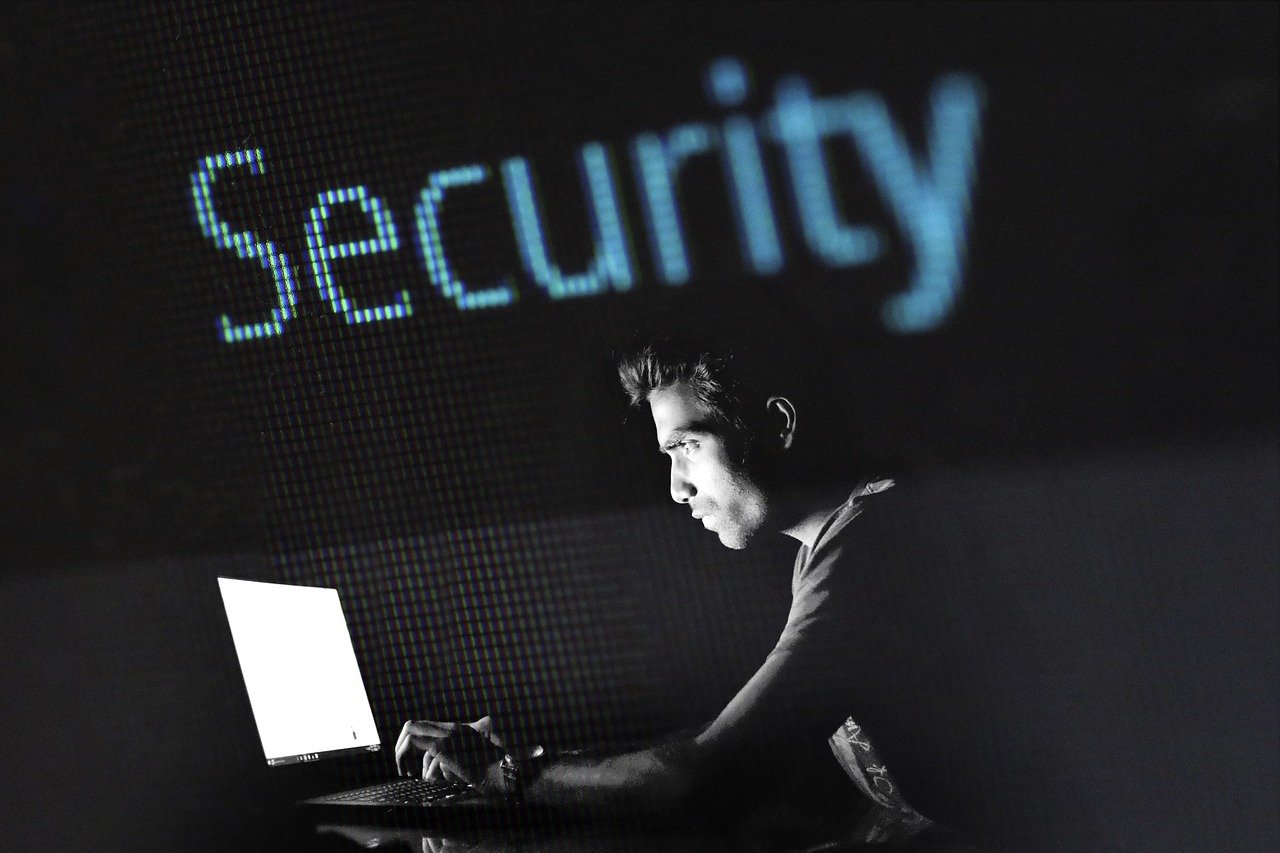From ‘chilling at home’ to ‘working from home, your wi-fi router has been your savior in either of the scenarios.
From binge-watching a series to completing a “Deadline: EOD” assignment, we all are hugely dependent on our wi-fi connectivity. But have you ever wondered if your connection is safe? What if someone hacks into your system and causes mayhem in your life?
Well, we’ve got it covered for you!
Here are the five best router settings that will keep hackers off your camera:
1. Check for Updates
It is crucial to update your router; however, you would not be aware when your router gets an update in all probability. Hence, you need to keep updating the firmware manually as and when the updates arrive. You should update your router every three months. Here’s a quick guide to 192.168.0.100 WiFi admin panel. To carry out the process, you would have to visit the router admin page, for which you will need your router’s IP address and the admin password, which are typically labeled on your router’s user guide.
On opening the admin page, navigate to the “Advanced” or “Management” section to check for firmware updates. Download the updates, if any. Look for options in the settings section to enable automatic updates. Latest routers generally download updates automatically.
2. Make Sure You have Strong Encryption
Even though most routers include encryption by default, you must ensure that such encryption is strong. Your password-protected connection might not be as protected as you think.
Visit your router’s admin menu, and go to the “Wireless” or “Security” pane to check your encryption settings.
If you have a newer router, always go for WPA3 [Wi-fi Protected Access 3] encryption. For older routers that do not support WPA3 encryption, “WPA2-PSK AES” is the next best option. In case your router is neither compatible with WPA3 nor with WPA2-PSK AES, select “WPA2-PSK AES + WPA-PSK TKIP” encryption.
You should never choose the “Open” option, as it strips off any kind of security. Similarly, WEP is a very old version that can easily be hacked. Hence, it should be avoided.
3. Use the Built-In Firewall
A firewall is the best in-built router security tool. If you’ve bought a router any time in the last decade, there is negligible doubt regarding the fact that your router has a built-in firewall in one form or another. Some routers may label it as “port filtering,” while some may call it “NAT filtering,” “port forwarding,” or “services blocking.”
These settings protect your incoming and outgoing data ports from outsiders.
However, if you have the slightest doubt concerning these settings, contact a trained technician as misconfiguring the port settings for your services makes your connection easier to hack.
4. Optimize Quad9 DNS Settings
The Quad9 Domain Name System service, maintained by cybersecurity advocates at IBM and The Global Cyber Alliance, when set as your DNS service, will check the site against IBM X-Force’s threat intelligence database of over 40 billion analyzed webpages and images every time you click a link.
5. Disable Remote Administration
Remote desktop management, generally used for tech support, is one of the most dangerous security flaws in Windows. It is an easy path to access a home network. Navigate to the “Remote Administration” setting, and disable it to protect yourself from scammers.
Follow these basic steps to make your journey on the internet safe.
Happy surfing!
